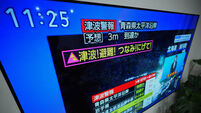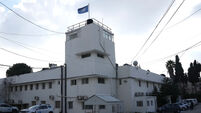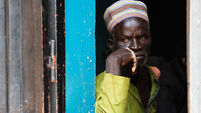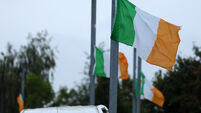Scientists clone embryos from adult monkey
Scientists have for the first time cloned embryos from an adult monkey, paving the way for major advances in human therapeutic cloning and stem cell research.
Before now, no one has provably succeeded in cloning viable primate embryos using the "Dolly the Sheep" method of transferring DNA from an adult cell.














